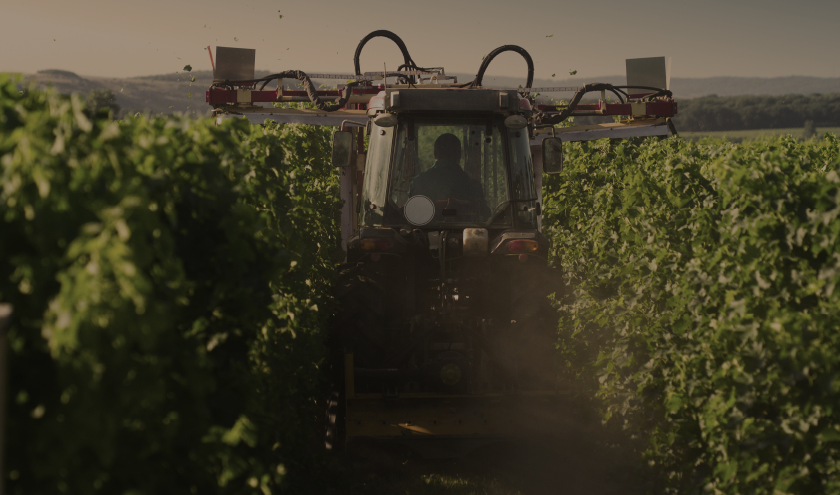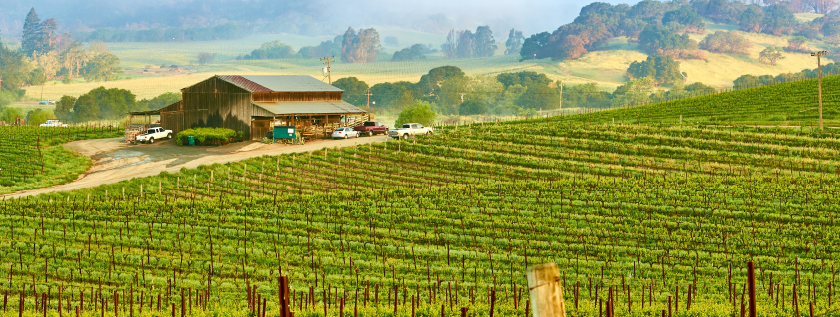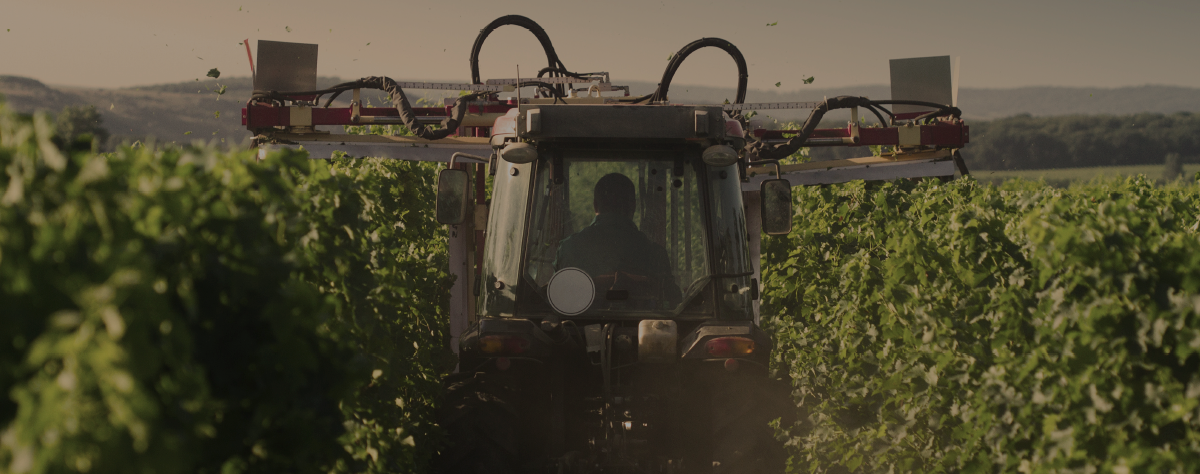
Leave Foliar Diseases Behind with Peracetic Acid
Foliar diseases are all too common and familiar to farmers for ruining commercial crops and reducing yields. These diseases — fungal, bacterial, and viral — affect plants by interfering with absorption and translocation of water and nutrients, which in turn impact flower and fruit development.
Perhaps the most catastrophic example of foliar disease impacting food supplies is the Irish Potato Famine of the mid-19th century. This disease — commonly known as late blight or Phytophthora infestans — destroyed the main food source in Ireland and resulted in approximately one million deaths from starvation.
While our food supplies today are relatively secure, foliar diseases are still known to reduce the amount of food available for human consumption, causing shortages that raise prices for consumers and reduce revenue for farmers. One example is the 2021 Kona coffee leaf-rust outbreak in Hawaii, which devastated coffee farms and impacted both tourism and the local agricultural economy.

Powdery mildew This family of fungi (Erysiphaceae) thrives in hot, dry California summers and can ruin a wide variety of vegetable crops. Lettuce, peas, melons, beans, and peas are frequently under siege from powdery mildew. One of California’s most important crops — grapes — is particularly susceptible to this group of diseases and must be protected by emergent biocide treatments.
Leaf blight This group of pathogenic bacteria causes leaf spots (blights) in a wide variety of commercial crops grown from woody plants, including apples, pears, cherries, and plums. Blight-related diseases are often caused by species of Pseudomonas and Xanthomonas and begin as small, brown spots. Spray biocides applied in the fall are among the best defenses against leaf blight.
Anthracnose Caused by several species of the fungus Colletotrichum, this disease is particularly problematic for eggplant, pepper, tomato, walnuts, cherries, and other vegetable crops susceptible to high-moisture conditions. Without foliar biocide treatments, anthracnose can cause substantial losses in yield and marketability.
Peracetic acid (also known as peroxyacetic acid, or PAA) is an effective chemical biocide for a variety of commercial, industrial and agricultural applications. PAA-based formulations from Enviro Tech, such as Peragreen ®5.6% are ideal for foliar applications when applied with a spray rig directly to crops, both in the field and post-harvest. With good spray distribution, growers can notice a visual difference between treated and untreated crops within minutes, particularly when spraying for powdery mildew.

Growers can apply PAA-based foliar treatments as a preventative measure every 7-10 days or as a rescue treatment for emergent foliar diseases. Once it oxidizes on the surface of crops, there is no residual or residue left behind.
With an equilibrium mixture of peracetic acid, hydrogen peroxide, acetic acid, proprietary ingredients, including water, Enviro Tech PAA products are specialty biocides that are approved for both organic and non-organic crops. Peragreen 5.6% has a zero-hour re-entry and there are no harmful byproducts, making PAA an ideal solution for growers seeking less hazardous chemicals for their crops.
PAA products from Enviro Tech are highly effective as foliar treatments for wine grapes, raisin grapes, walnuts, almonds, and many other food crops. It can be used on its own or as part of a tank mix with other fungicides and surfactants that do not include heavy metal-based treatments, such as copper.
Whether it’s downy mildew, powdery mildew, leaf blight, anthracnose, crown gall, brown rot or canker, PAA-based biocides are a one-step solution for fighting the nastiest, most destructive foliar diseases that impact crop health and yields. By keeping irrigation water clean and maintaining a preventative treatment schedule with PAA foliar applications, growers can control a wide range of these sinister diseases and ensure a healthy harvest.

